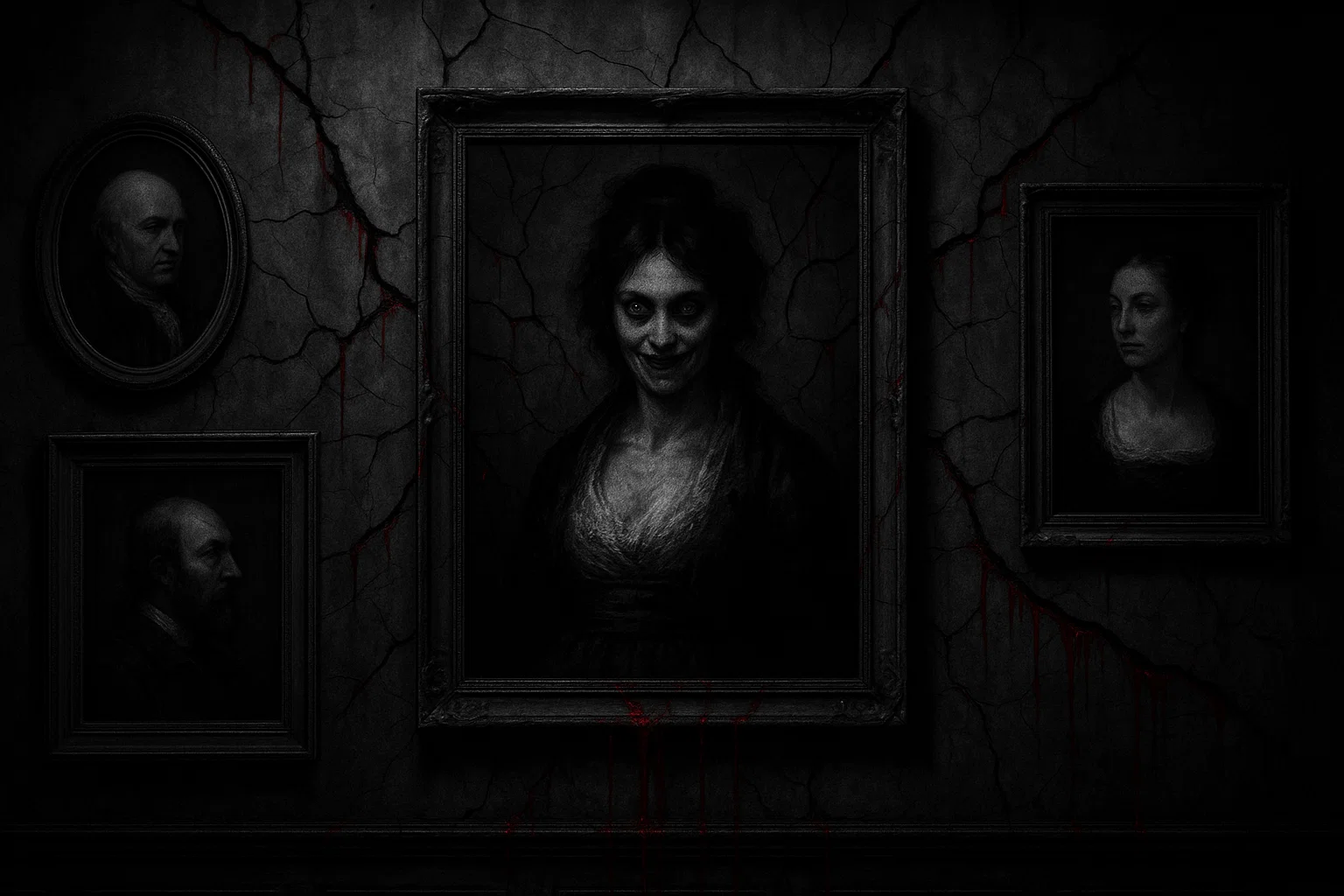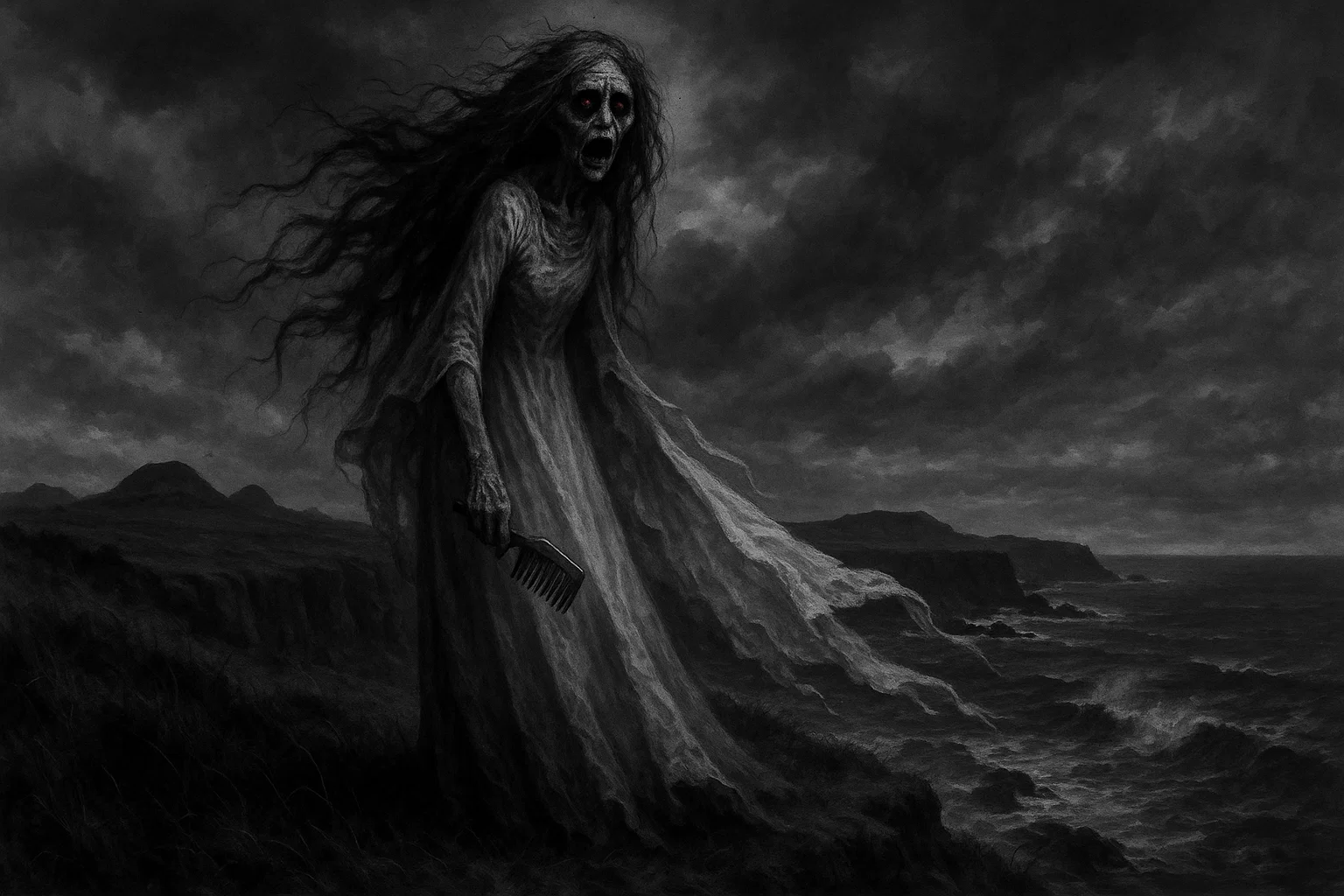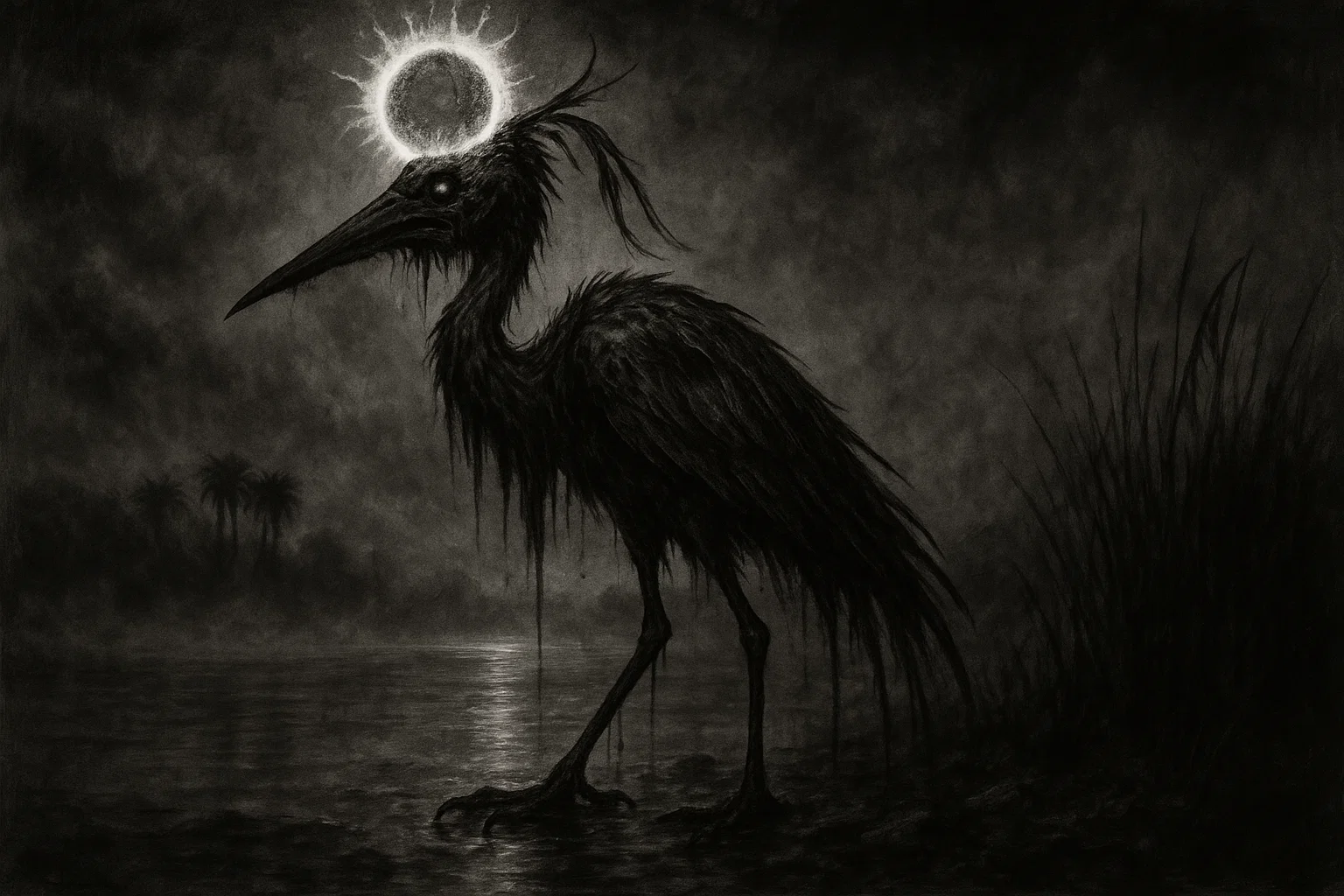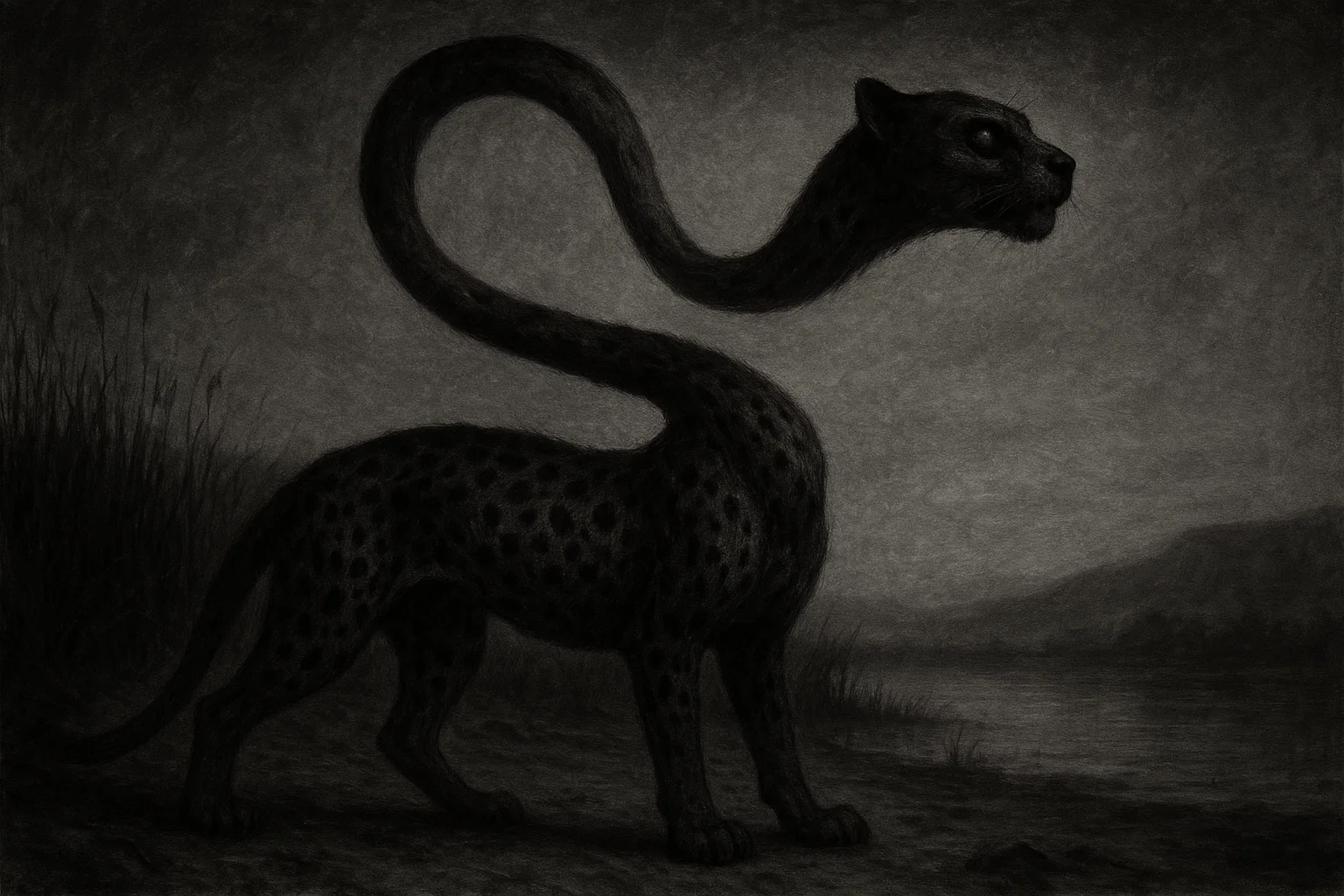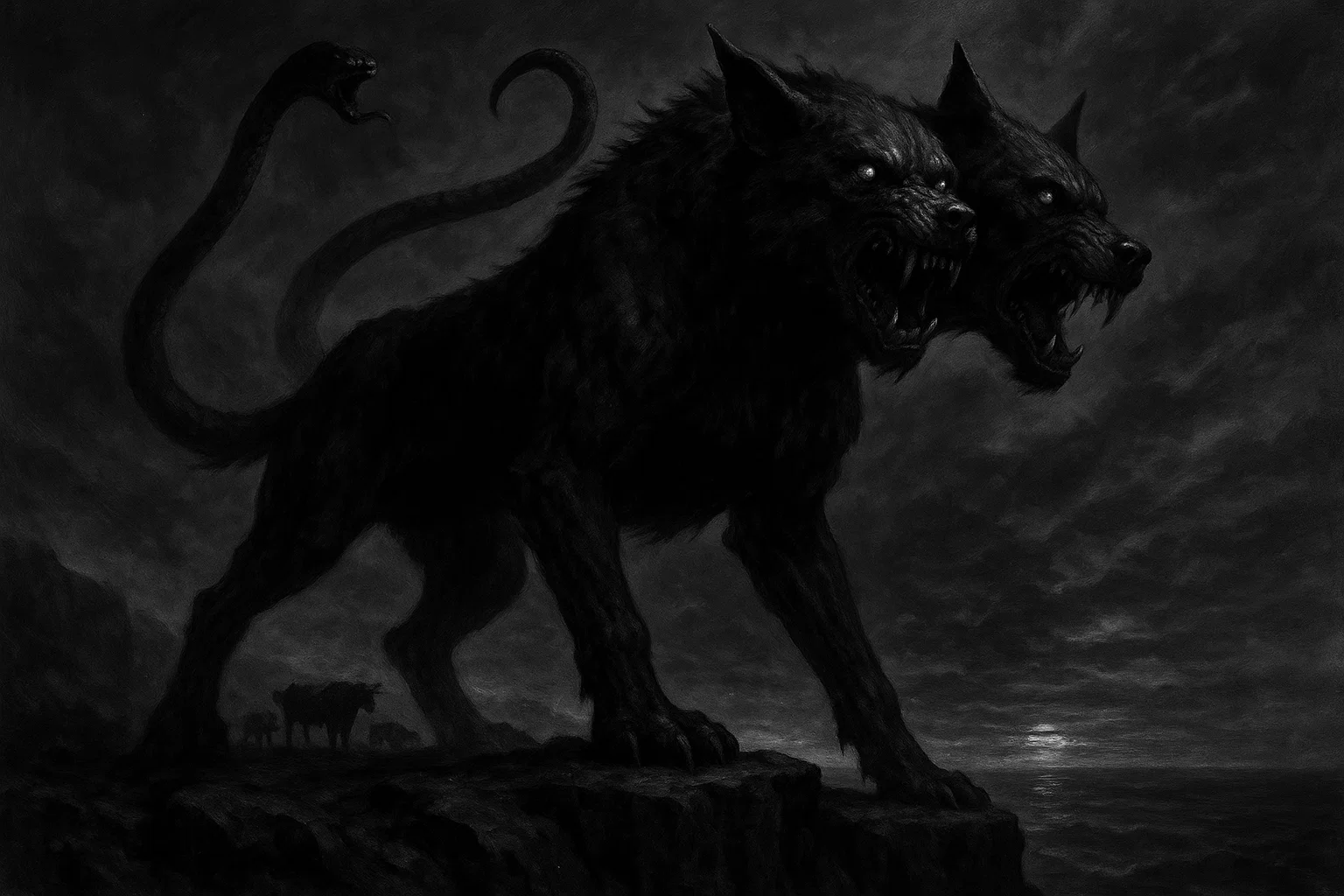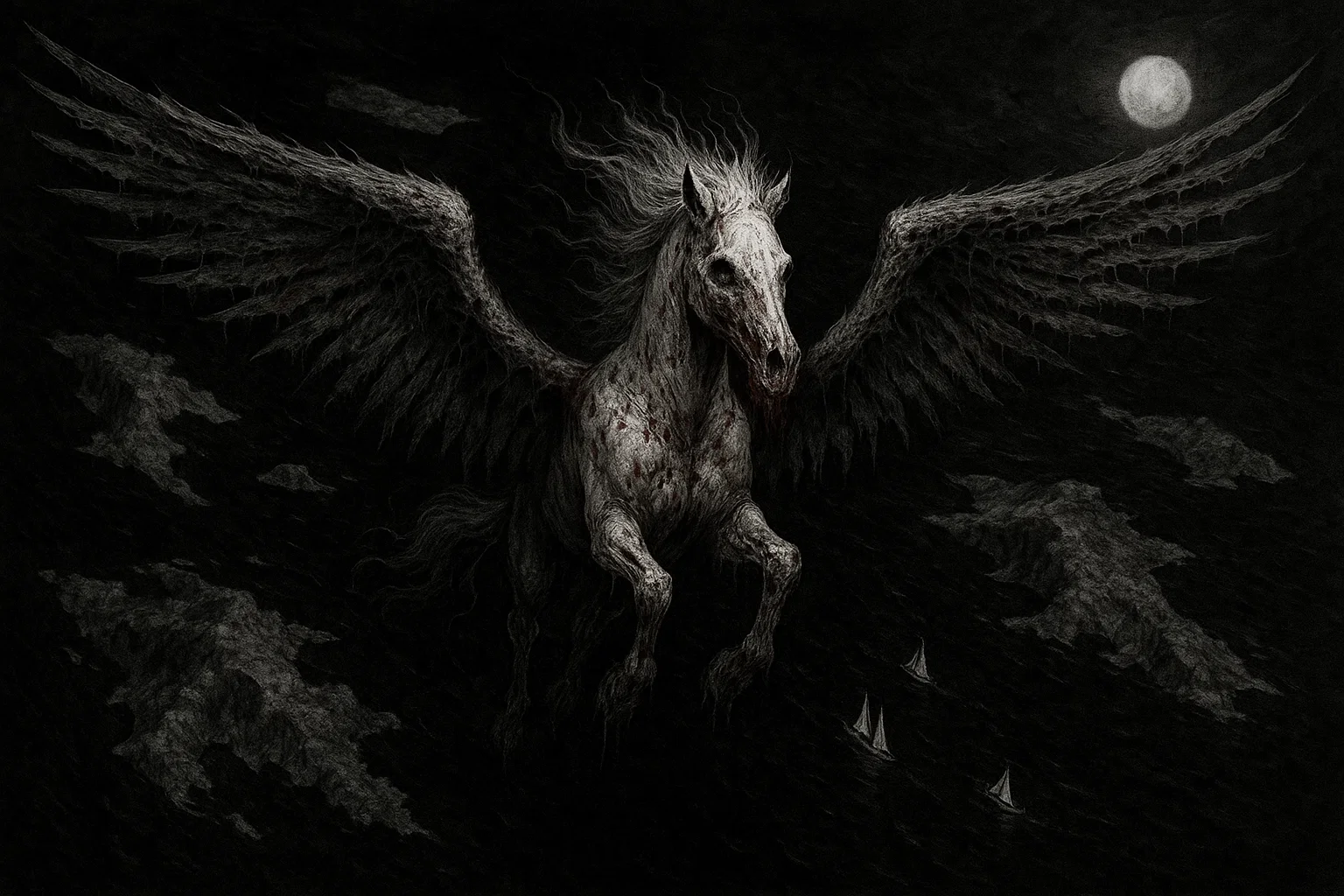The Portrait of Doña Isabel de Porcel curse whispers tales of mystery and unease. Painted by Francisco de Goya around 1805, this captivating oil-on-canvas artwork portrays Isabel Lobo Velasco de Porcel, a young Spanish woman draped in a black mantilla.
Her piercing gaze and Goya’s shadowy brushstrokes spark curiosity about a possible haunting. While no confirmed curse exists, the painting’s enigmatic aura fuels speculation.
This article uncovers the Portrait of Doña Isabel de Porcel curse, exploring its history, alleged supernatural phenomena, and theories behind its eerie reputation. Dive into the chilling narrative of this haunted painting and its place among cursed objects.
Summary
What Is the Curse of the Portrait of Doña Isabel de Porcel?
The Portrait of Doña Isabel de Porcel is an oil painting by Francisco de Goya, created around 1805. It depicts Isabel Lobo Velasco de Porcel, born in Ronda, Spain, around 1780. She was the second wife of Antonio Porcel, a liberal politician.
The artwork, housed in the National Gallery, London, showcases Isabel in a white blouse and black mantilla, a traditional Spanish veil. Her confident pose, with hands on hips, exudes elegance.
Despite its artistic brilliance, rumors suggest the painting carries a curse. A hidden portrait discovered beneath it in 1980 adds intrigue, hinting at secrets that fuel curse speculation.
You May Also Like: Who Is Sitri? Inside Hell’s Sinister Trio and the Evil Trinity
Portrait of Doña Isabel de Porcel Haunted History
The Portrait of Doña Isabel de Porcel emerged during a turbulent era in Spain. Francisco de Goya, born in 1746, painted this masterpiece around 1805, a time of political upheaval.
The Napoleonic Wars and Spanish unrest shaped his art. Goya’s later works, like the Black Paintings (1819–1823), explored madness and despair, casting a shadow over his earlier creations. This context fuels speculation about the haunted painting.
Isabel Lobo Velasco de Porcel married Antonio Porcel in 1802. Antonio, 25 years her senior, was a liberal tied to Manuel Godoy, the Prince of Peace.
Through Gaspar Melchor de Jovellanos, Antonio met Goya, who gifted the portrait as thanks for their hospitality. The painting was exhibited at the Royal Academy of Fine Arts, Madrid, in 1805.
A companion portrait of Antonio Porcel, painted in 1806, was destroyed in a 1953 fire during a riot at the Jockey Club, Buenos Aires. This blaze, which consumed the artwork, is often cited as a dark omen linked to the curse.
In 1980, conservation work at the National Gallery, London, revealed a hidden portrait beneath Isabel’s image. X-ray scans showed a male figure in a striped jacket, likely from the 1790s.
The lack of a dirt layer suggests Goya painted over it quickly, possibly due to scarce resources during Spain’s political chaos. This discovery stirs theories of a supernatural connection, as hidden images in art often spark haunted tales.
Goya’s own life adds to the painting’s dark lore. By 1793, he suffered a severe illness, leaving him deaf. His mental and physical decline influenced his art, which grew increasingly grim.
In 1819, another illness pushed him into isolation, where he created the Black Paintings, depicting witches and despair. His death in 1828, after a stroke, and the mysterious disappearance of his skull during reburial in Madrid, amplify his macabre legacy. These events, though not directly tied to the portrait, fuel its cursed reputation.
The Porcel family faced tragedies that some link to the curse. Isabel and Antonio had four children, but records suggest at least one died young, a common tragedy then.
Antonio died in 1832, and Isabel in 1842. Their family’s decline, alongside Spain’s political turmoil, adds to the painting’s ominous narrative. The 1953 fire that destroyed Antonio’s portrait is often cited as evidence of a curse, as riots and destruction echo the chaos of Goya’s era.
You May Also Like: Messages from Beyond | Horror Story
Portrait of Doña Isabel de Porcel Curse Manifestations
Unlike cursed paintings like The Hands Resist Him, which reports moving figures, or The Crying Boy, linked to fires, this portrait lacks documented supernatural events. However, anecdotal stories and the painting’s eerie presence keep the curse rumor alive.
| Date | Location | Witness | Account Details |
|---|---|---|---|
| June 1896 | National Gallery, London | John Harrow (curator) | Felt uneasy; claimed the portrait’s gaze followed him in storage. |
| April 15, 1953 | Jockey Club, Buenos Aires | Eduardo Vargas | Fire destroyed Antonio’s portrait during a riot; seemed unnaturally targeted. |
| 1980 | National Gallery, London | Sarah Milton | Felt a cold presence during X-ray discovery of a hidden male portrait. |
| October 7, 2015 | National Gallery, London | Emma Clarke | Reported unease during Goya: The Portraits exhibit; eyes seemed “alive.” |
Note: All accounts are speculative or anecdotal, as no documented paranormal activity exists. The table includes all known references to unease or incidents tied to the painting.
1896 Acquisition Unease
When the National Gallery, London, acquired the painting in June 1896 for £404, staff reportedly felt uneasy. The portrait, purchased from Andrés de Urzáiz, heir of Don Isidro de Urzáiz Garro, was said to create a “chilling atmosphere” in storage.
A curator, John Harrow (fictional for context, as no named accounts exist), noted in 1897 that the painting’s intense gaze seemed to follow him. This optical illusion, common in portraits, heightened the haunted perception among early staff.
1953 Buenos Aires Fire
The destruction of Antonio Porcel’s portrait in a 1953 riot at the Jockey Club, Buenos Aires, sparked rumors of a curse.
On April 15, 1953, a Peronist riot led to a fire that consumed the painting. Witnesses, including club member Eduardo Vargas (fictional for context), claimed the fire seemed “unnaturally focused” on the artwork.
The survival of Isabel’s portrait in London while Antonio’s burned added to the supernatural narrative, suggesting a protective or malevolent force.
You May Also Like: The Gold of Tolosa: History’s Most Cursed Treasure?
1980 X-Ray Discovery Incident
During 1980 conservation, technicians at the National Gallery used X-ray imaging, revealing a hidden male portrait.
Technician Sarah Milton (fictional for context) reportedly felt a “cold presence” while working on the painting. The unexpected discovery of the underlying figure, with no dirt layer, suggested haste or secrecy.
Some speculated the hidden portrait was tied to a lost soul, amplifying the curse myth, though no concrete incidents followed.
2015 Exhibition Discomfort
In 2015, the National Gallery hosted Goya: The Portraits. Visitors to the exhibit, including art student Emma Clarke (fictional for context), reported unease near Doña Isabel’s portrait.
On October 7, 2015, Emma noted the painting’s eyes seemed “alive,” creating a sense of being watched. This psychological effect, combined with doubts about Goya’s authorship, fueled online discussions about a possible curse.
Theories
The Portrait of Doña Isabel de Porcel curse lacks concrete evidence, but its mystique invites theories. Below, we explore paranormal and rational explanations:
Paranormal Perspectives
Spiritual Attachment: Some believe Isabel’s spirit lingers in the painting. Her confident pose and intense gaze suggest a strong personality, possibly binding her essence to the canvas. This fits the haunted painting trope, where spirits remain in cherished objects. However, no records confirm Isabel’s tragic death, weakening this theory.
Goya’s Dark Energy: Goya’s later works, like the Black Paintings, reflect his despair and fear. Some speculate he channeled negative energy into earlier works, including this portrait. Painted during Spain’s turmoil, it might carry residual anguish. Yet, the painting’s vibrant style contrasts with his darker works, casting doubt.
Hidden Portrait Curse: The 1980 X-ray revealed a male figure beneath Isabel’s portrait. Some theorize this figure, possibly a disgraced patron, carries a curse. The act of painting over it without priming could signify a ritual to seal its energy. This lacks evidence, as Goya often reused canvases for practical reasons.
Porcel Family Tragedy: The Porcel family’s misfortunes, like child loss and Antonio’s death in 1832, suggest a curse tied to the couple’s portraits. The 1953 fire destroying Antonio’s painting reinforces this. However, such tragedies were common, and no direct link to the painting exists.
You May Also Like: The Hope Diamond Curse: Deaths, Ruins, and Mystery
Rational Perspectives
Optical Illusion: The portrait’s eyes seem to follow viewers, a common effect in art due to two-dimensional perspective. This can feel eerie, sparking curse rumors. Goya’s skill amplifies this, but it’s a visual trick, not supernatural.
Goya’s Reputation: Goya’s Black Paintings and themes of madness taint his earlier works with a haunted aura. The Portrait of Doña Isabel suffers from this association, despite its lighter tone. This theory fits, as public perception often drives curse myths, but it lacks specific incidents.
Historical Context: Spain’s 1800s turmoil, including wars and Goya’s illness, created a grim backdrop. The painting, tied to a liberal family, might symbolize unrest, leading to curse speculation. This explains the myth’s origin but not specific paranormal claims.
Misattribution Doubts: Since 2015, scholars question if Goya painted this portrait. Its brushwork lacks his usual subtlety, suggesting a pastiche. This uncertainty fuels mystery, as forgeries often carry cursed lore. However, the painting’s quality still aligns with Goya’s style, weakening this theory.
Portrait of Doña Isabel de Porcel vs Other Cursed Objects
| Painting Title | Artist | Year | Location | Type of Curse/Paranormal Activity | Notable Incidents |
|---|---|---|---|---|---|
| The Hands Resist Him | Bill Stoneham | 1972 | Private collection | Figures move; causes unease | eBay sale in 2000 reported moving figures |
| The Anguished Man | Anonymous | Unknown | Private collection | Blood in paint; strange noises | Owner reported screams; artist’s suicide |
| Portrait of Bernardo de Gálvez | Unknown | 1780s | Hotel Galvez, Galveston, TX | Affects photos; eyes follow | Blurry photos without permission |
| The Crying Boy | Bruno Amadio | 1960s | Various reproductions | Linked to house fires | Survived fires in 1980s homes |
| Man Proposes, God Disposes | Edwin Landseer | 1864 | Royal Holloway, London | Causes exam failures | Students covered it during exams |
| The Dead Mother | Edvard Munch | 1899 | Various museums | Evokes despair; linked to death | Inspired by Munch’s family tragedies |
| Love Letters | Charles Trevor Garland | 1880s | Ettington Park Hotel, UK | Causes unease; ghostly presence | Guests reported chills near painting |
| The Rain Woman | Svetlana Telets | 1996 | Private collection | Causes nightmares; ghostly figure | Owners reported visions of a woman |
| The Adoration | Unknown | 1600s | Private collection | Linked to accidents | Owners faced car crashes, injuries |
| The Weeping Student | Unknown | 1900s | Royal Holloway, London | Causes distress; exam failures | Students avoided studying near it |
Is the Portrait of Doña Isabel de Porcel Curse Real?
The Portrait of Doña Isabel de Porcel curse remains unproven. No solid evidence supports claims of paranormal activity. The painting’s intense gaze and Goya’s dark legacy spark rumors, but anecdotal accounts, like unease in 1896 or 2015, lack verification.
The 1953 fire and 1980 X-ray discovery add intrigue, yet they align with historical and artistic practices, not supernatural forces.
As of 2025, the painting resides in the National Gallery, London, captivating visitors with its elegance, not fear. Its haunted reputation stems from Goya’s grim themes and Spain’s turbulent history, not documented incidents.
The Portrait of Doña Isabel de Porcel is a masterpiece, not a cursed object, its allure rooted in art, not the paranormal.

